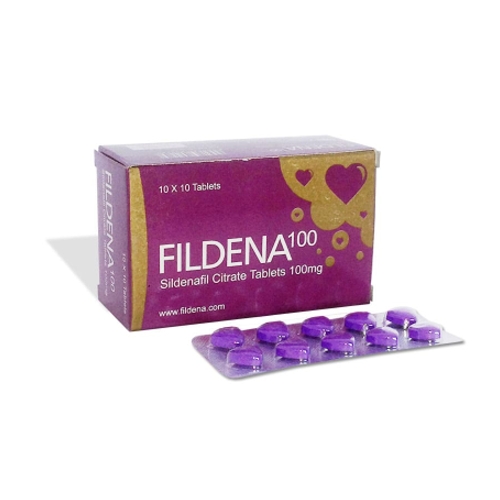Struggling with insomnia can significantly impact your quality of life, affecting your mood, energy levels, and overall well-being. While lifestyle changes and therapy can help manage insomnia medications can also be a crucial part of the treatment plan. Here, we explore 10 common medications used to address insomnia, their mechanisms of action, and potential side effects.
Melatonin
- Mechanism: Melatonin is a hormone that regulates sleep-wake cycles. Supplementing with melatonin can help reset your body’s internal clock, making it easier to fall asleep.
- Side Effects: Generally safe, but may cause daytime drowsiness, headache, or dizziness in some individuals.
-
Diphenhydramine (Benadryl)
- Mechanism: Diphenhydramine is an antihistamine with sedative effects often used in over-the-counter sleep aids.
- Side Effects: Can cause drowsiness, dry mouth, blurred vision, and constipation. Long-term use may lead to tolerance.
-
Zolpidem (Ambien)
- Mechanism: Zolpidem is a sedative-hypnotic medication that works by enhancing the activity of GABA, a neurotransmitter that inhibits brain activity.
- Side Effects: Common side effects include dizziness, drowsiness, headache, and diarrhea. In some cases, it may cause sleepwalking or sleep eating.
-
Eszopiclone (Lunesta)
- Mechanism: Eszopiclone is a nonbenzodiazepine hypnotic that binds to GABA receptors, promoting sleep.
- Side Effects: Side effects may include bitter taste, headache, dizziness, and dry mouth. Rarely, it may cause parasomnias such as sleepwalking.
-
Trazodone
- Mechanism: Trazodone is an antidepressant with sedative properties often prescribed off-label for insomnia.
- Side Effects: Common side effects include dizziness, drowsiness, dry mouth, and blurred vision. It may also cause priapism in men.
-
Doxyalmine Succinate (Unisom):
- Mechanism: Doxylamine succinate is an antihistamine similar to diphenhydramine, often used in over-the-counter sleep aids.
- Side Effects: Side effects are similar to diphenhydramine and may include drowsiness, dry mouth, blurred vision, and constipation.
-
Ramelteon (Rozerem):
- Mechanism: Ramelteon is a melatonin receptor agonist that mimics the action of naturally occurring melatonin.
- Side Effects: Common side effects include dizziness, fatigue, headache, and nausea. It may also cause abnormal dreams.
-
Suvorexant (Belsomra):
- Mechanism: Suvorexant is an orexin receptor antagonist that works by inhibiting wakefulness-promoting signals.
- Side Effects: Side effects may include headache, drowsiness, dizziness, and abnormal dreams. It may also cause next-day impairment.
-
Temazepam (Restoril):
- Mechanism: Temazepam is a benzodiazepine that enhances the effects of GABA, inducing relaxation and sleep.
- Side Effects: Common side effects include drowsiness, dizziness, confusion, and loss of coordination. It carries a risk of dependence and withdrawal.
-
Doxepin (Silenor):
- Mechanism: Doxepin is a tricyclic antidepressant that blocks histamine receptors, promoting sleep.
- Side Effects: Side effects may include drowsiness, dry mouth, blurred vision, and constipation. It may also cause weight gain and urinary retention.
Conclusion
Insomnia challenging condition to manage, but with the help of medications, you can find relief and improve your sleep quality. However, it’s essential to use these medications under the guidance of a healthcare professional to minimize the risk of side effects and ensure effectiveness. Additionally, combining medication with lifestyle changes such as maintaining a regular sleep schedule, reducing caffeine intake, and practicing relaxation techniques can enhance the effectiveness of treatment and promote long-term sleep health.




